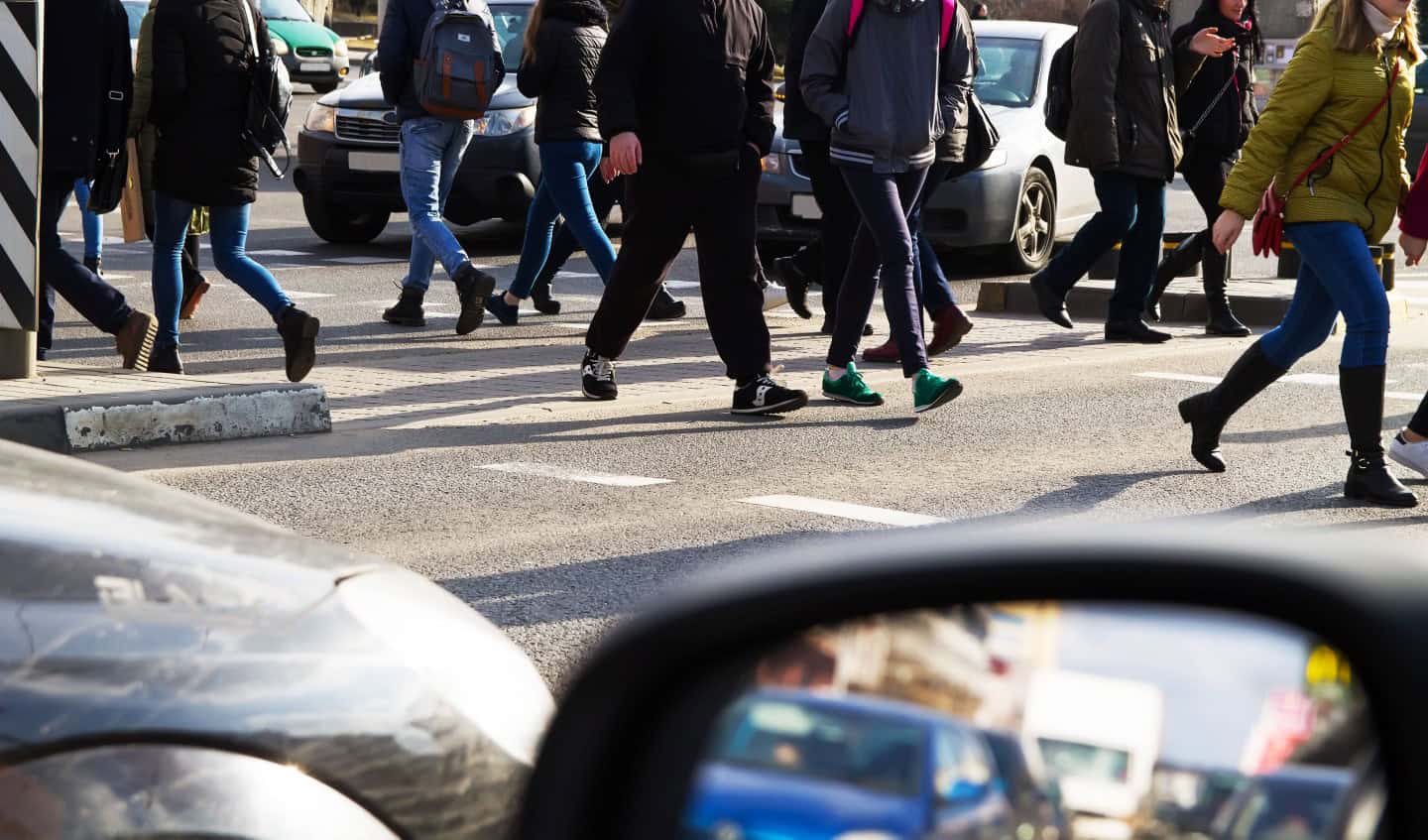
Road traffic collisions involving pedestrians
Road traffic collisions (or RTCs) are any collisions that happen on the road. You may be able to make a compensation claim if you have sustained an injury on the road as a car driver, cyclist, biker, passenger, pedestrian, or passer-by. According to the Department of Transport, in 2021 as a result of RTCs, 361 pedestrians were killed in Great Britain, whilst 5,032 were reported to be seriously injured and 11,261 slightly injured.
Vulnerable Road Users
On 29 January 2022, the Highway Code was updated by the Department of Transport with the express goal of improving the safety of people walking, cycling and riding horses. The most obvious change to the Highway Code is the introduction of the Hierarchy of Road Users, which is placed right at the beginning of the Highway Code, to reflect its importance. The aim is to place the greatest responsibility to reduce danger on those who have the potential to cause the greatest harm.
It is not surprising that pedestrians are considered one of the most vulnerable road users and are therefore placed at the top of the hierarchy. Pedestrians are not protected by a vehicle surrounding them in the same way car users are. Added to this, pedestrians tend to be harder for drivers to see on the road and in our experience, one of the most common issues drivers involved in fatal or serious collisions with pedestrians have in common is that they failed to look properly. I wholeheartedly agree with pedestrians being placed at the top of the hierarchy as they are particularly susceptible to injuries on the road.
Common Causes of Pedestrian Collisions
As reported by the Parliamentary Advisory Council for Transport Safety (PACTS), the main cause of crashes involving pedestrians is cars, with car-pedestrian collisions causing 305 deaths in 2019. The second highest killer in pedestrian collisions was HGV vehicles with 51 deaths in 2019.
RTCs involving pedestrians can occur in many different circumstances including where a driver:
- is speeding or driving recklessly;
- is distracted by their mobile phone;
- is drunk or under the influence of drugs;
- loses control;
- fails to look properly; or
- performs a poor turn or manoeuvre.
Common Injuries Suffered by Pedestrians
Pedestrians can suffer particularly serious personal injuries in RTCs due to the fact that they are at considerable risk when using roads, as they are unlikely to be wearing any protective clothing.
Some of the most common serious injuries we see when a pedestrian has been hit by a car or other vehicle include:
• broken bones;
• traumatic head, brain and spinal injuries;
• psychological injuries; and
• fatal injuries.
If you have sustained an injury or if you want to claim compensation for the loss of a loved one as a result of an RTC, you can speak with one of our specialist personal injury solicitors who will be able to advise you accordingly.
Drivers’ Responsibility
A driver owes a duty of care to other road users – including pedestrians. Therefore, establishing that the driver of a vehicle which collided with you owed you a duty of care should be straightforward to establish. The Highway Code can be useful in proving negligence as the Code must be adhered to by every vehicle user. Any breaches of the code, which then resulted in you being injured, will help prove your claim.
Pedestrians’ Responsibility
Pedestrians also have a legal responsibility for their actions in RTCs as everyone has a duty to take care of their own safety. For example, you should always look before crossing the road and where possible you should cross at a pedestrian crossing.
Contributory Negligence
If a driver is at fault for hitting a pedestrian, but the pedestrian has failed to take reasonable care for their own safety, and this contributed to the collision, the pedestrian’s compensation will be reduced in proportion to their level of blameworthiness. This is known as contributory negligence.
However, it is important to note that apportionment is, generally, in favour of the injured pedestrian. This is because a vehicle is perceived as a potentially lethal weapon and therefore drivers owe a higher duty of care. This has been reflected in the introduction of The Hierarchy of Road Users mentioned above.
What can pedestrians do to help prevent an accident from occurring?
Although you can’t be responsible for the way people drive, you can take a number of steps to make yourself safer as a pedestrian:
- Always use a pedestrian crossing if you can
- Look and listen for traffic and don’t be distracted
- Vehicles are often going faster than you think. Be patient and wait for the vehicle to pass before crossing
- Avoid using your mobile phones or headphones when crossing the road, as they can be a distraction and prevent you from hearing oncoming traffic
- Wear or carry light coloured/reflective clothing to ensure you can be seen by other road users.
This Road Safety Week, be seen and be safe!










